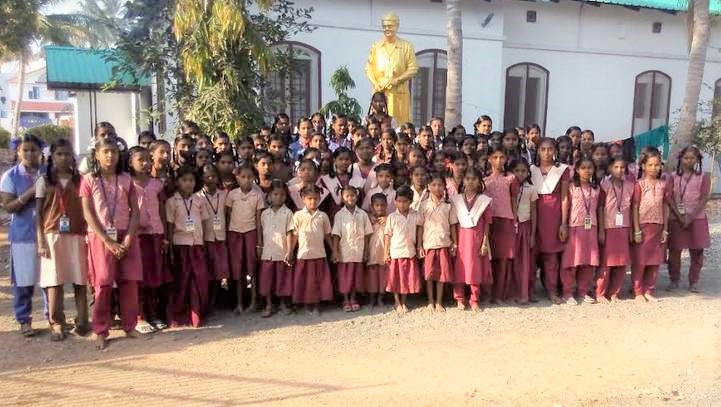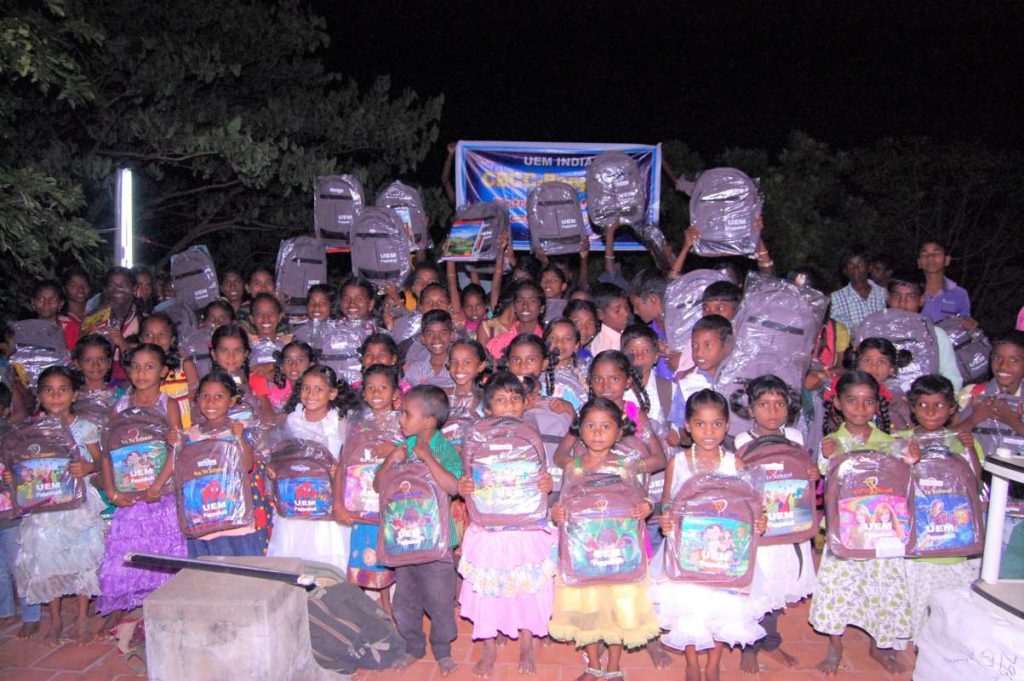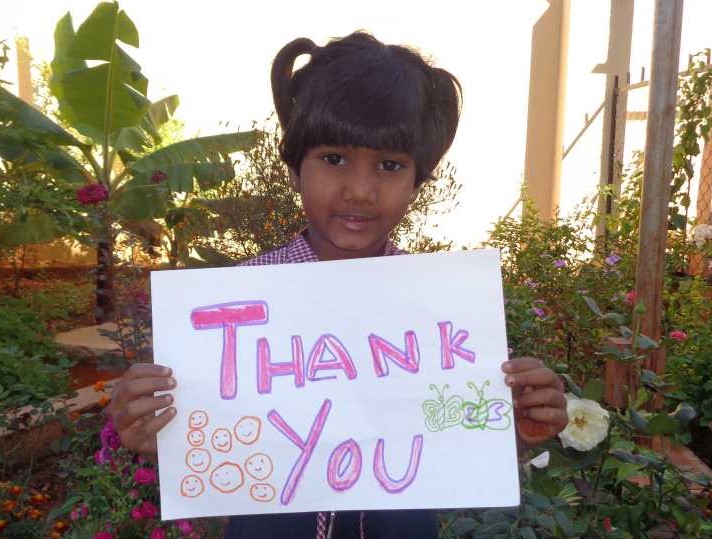The Need for Education in India
The children of today are the future of tomorrow. This statement assumes special significance in Indian context as children between the age group of 0-14 years comprise 1/3rd of the total population in India. This means close to 400 million of India are children, the largest number for any country in the world. 18 million street children scavenge for food in the garbage every day. Many children do not go home in the evenings, either from fear of alcoholic fathers or because they have no homes to go to. They survive by petty thievery or get pulled into drug cartels. 12 million children in India work in hazardous working conditions. UNICEF studies shows – 1 in 3 malnourished children worldwide are found in India. 1 out of 16 children die before they attain the age of 1 year and 1 out of 11 die before they are 5 years old. 15.9% children drop out from school by the end of 5th grade due to various reasons. 52,000 abandoned children live on the streets of Bangalore.
India is 4th among the top 10 nations of the world with the highest numbers of out-of children in primary level. Furthermore, there is a high rate of school drop-outs. One of the main reasons behind this is poverty. Education stands a little or, very often, no chance of pursuance when earning a livelihood and taking care of the members of the family becomes a primary matter of concern in one’s life. Education is perceived as a high-priced luxury, and this negative outlook continues on with every new generation for the underprivileged people in India. A disproportionate number of total out-of-school children in India are girls. The various factors denying equal opportunities to children are serious social issues that have arose out of caste, class and gender differences. The practice of child labour in India and resistance to sending girls to school in several parts of the country continue to be genuine concerns. If the current trend continues, millions of underprivileged children will probably never set foot in a classroom. More than 60 million children in India receive little or no formal education.
Children’s Home is a place for the underprivileged, abandoned, destitute and economically backward children within the age group of 3 -18 years. At children’s home, children have an opportunity to experience God’s love, develop self-esteem, excel in studies and grow to be responsible citizens.
Children residing in the Home, attend school get three meals, clothes, medical attention, extra-curricular activities and most of all are taught the values of life. Children who come from the grassroots are elevated to a standard where they have opportunities to excel in academics, sports, art and music so that they can rise up to be competent nationally and internationally.


Community Based Child Care (CBCC) is a program for the poor and underprivileged children in a given community. Children are provided with food, clothing, education and medical aid. CBCC also helps the community at large by promoting health, hygiene, literacy and income generation training to the parents of the children. The objective of the CBCC program is to bring about a transformation in a community by caring for the children.
Non Residential Child Care (NRCC) program is exclusively for the poor and underprivileged children in the city of Bangalore and Cuttack, who stay with their parents or guardians. These children are supported by UEM for their nutritional care and educational needs. These children are encouraged to pursue higher education.

